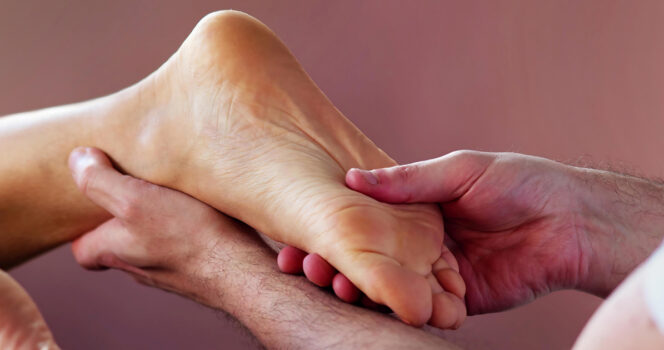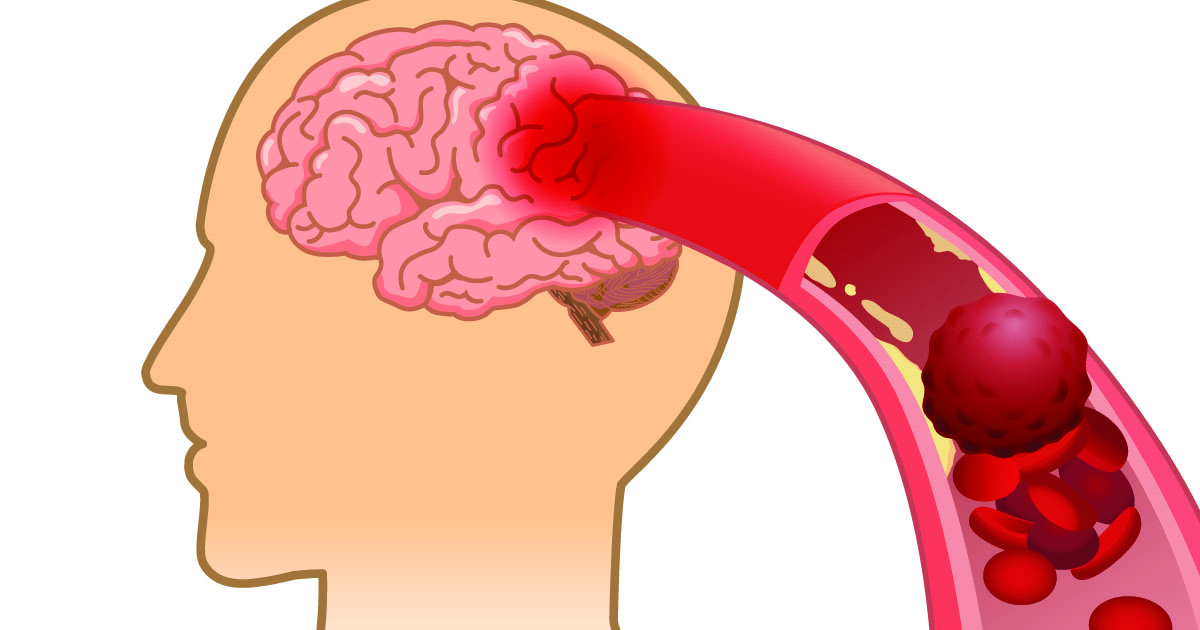
When thinking about heart health and blocked arteries, you might associate symptoms like chest pain, shortness of breath, or high blood pressure.
Interestingly, feet act as early indicators of serious conditions such as clogged arteries and heart disease within your body.
Your feet can be more informative about your health than you realize. They can serve as signals for significant cardiovascular issues like peripheral arterial disease (PAD) and coronary artery disease (CAD), which are both forms of atherosclerosis involving plaque buildup that restricts blood flow in the arteries.
What is PAD?
Peripheral vascular disease is a condition where narrowed arteries diminish blood flow to the limbs, predominantly to the legs and feet. This narrowing occurs due to the accumulation of plaque, a mix of fat, cholesterol, and other substances, in the arteries, causing them to stiffen and narrow, hence restricting blood flow.
How PAD Affects the Feet
WebMD mentions that feet can exhibit initial signs of PAD through symptoms like:
- Cold feet: Inadequate circulation hinders warm blood from reaching your limbs, causing consistently cold feet even in warm conditions.
- Slow healing wounds: Minor cuts or blisters may take an unusually long time to heal, indicating insufficient blood flow.
- Pain when walking: Experience foot and leg pain or cramping during physical activity, which subsides during rest.
- Discoloration: Feet may appear pale, blue, or purplish due to reduced blood flow.
Ignoring symptoms of PAD can lead to severe complications, including critical limb ischemia, which can result in infection, gangrene, and potential amputation if not addressed. Moreover, having PAD often signifies that atherosclerosis is impacting other crucial arteries, including those leading to the heart and brain.
What is CAD?
Coronary artery disease is a type of atherosclerosis affecting the arteries that supply blood to the heart. When these arteries get clogged with plaque, the heart receives less oxygen-rich blood, elevating the risk of heart attacks.
Surprisingly, CAD may manifest symptoms in the feet as well:
- Swelling (edema): Poor heart function can lead to fluid retention, resulting in swelling in the feet and ankles.
- Tingling or numbness: Reduced blood flow can cause a pins and needles sensation in the toes.
- Skin changes: Skin on the feet may become shiny and tight due to fluid accumulation and poor circulation.
- Foot pain at rest: Unlike PAD, foot pain associated with CAD may persist even at rest, particularly at night.
- Brittle toenails: Weak toenails due to poor circulation can become thick and fragile.
According to the American Heart Association (AHA), “children and young adults are at an increasingly greater risk for CAD. Therefore, preventive measures taken early in life may have more lifelong benefits.” A healthy lifestyle – managed through proper nutrition, weight control, and exercise – “will slow down the progression of CAD and there is hope that it can be improved before causing further health problems.” The AHA also warns that having both PAD and CAD is highly likely if you are diagnosed with either.
Do Something About PAD and CAD
Prevention plays a vital role in averting serious complications resulting from atherosclerosis-related diseases. Here are some ways to safeguard your feet and overall health:
Get moving: Engage in regular exercise to enhance circulation and prevent plaque buildup in your arteries. The Centers for Disease Control recommends 30 minutes of moderate physical activity daily, such as brisk walking or swimming.
Eat heart-healthy food: Prioritize a diet rich in fruits, vegetables, whole grains, and lean proteins, while reducing consumption of processed foods and unhealthy fats.
Quit smoking: Smoking narrows blood vessels and hampers circulation, posing a significant risk factor for PAD and CAD.
Take it easy: Chronic stress can contribute to high blood pressure and heart disease. Incorporate relaxation techniques like meditation or deep breathing into your routine.
Monitor sugar intake: For individuals with diabetes, managing blood sugar levels is imperative in preventing complications in the feet and cardiovascular system.
Regular check-ups: If you have risk factors like high blood pressure, diabetes, or a family history of heart disease, regular visits to your doctor can aid in early problem detection.
Your feet can offer valuable insights into your heart health, and being attentive to them can help identify issues before they escalate. Whether it’s cold feet, swelling, or cramps, these signs should not be disregarded.
Were you surprised by the close connection between feet and heart health? Share your thoughts and spread awareness among your friends so they are informed about what to watch for!




